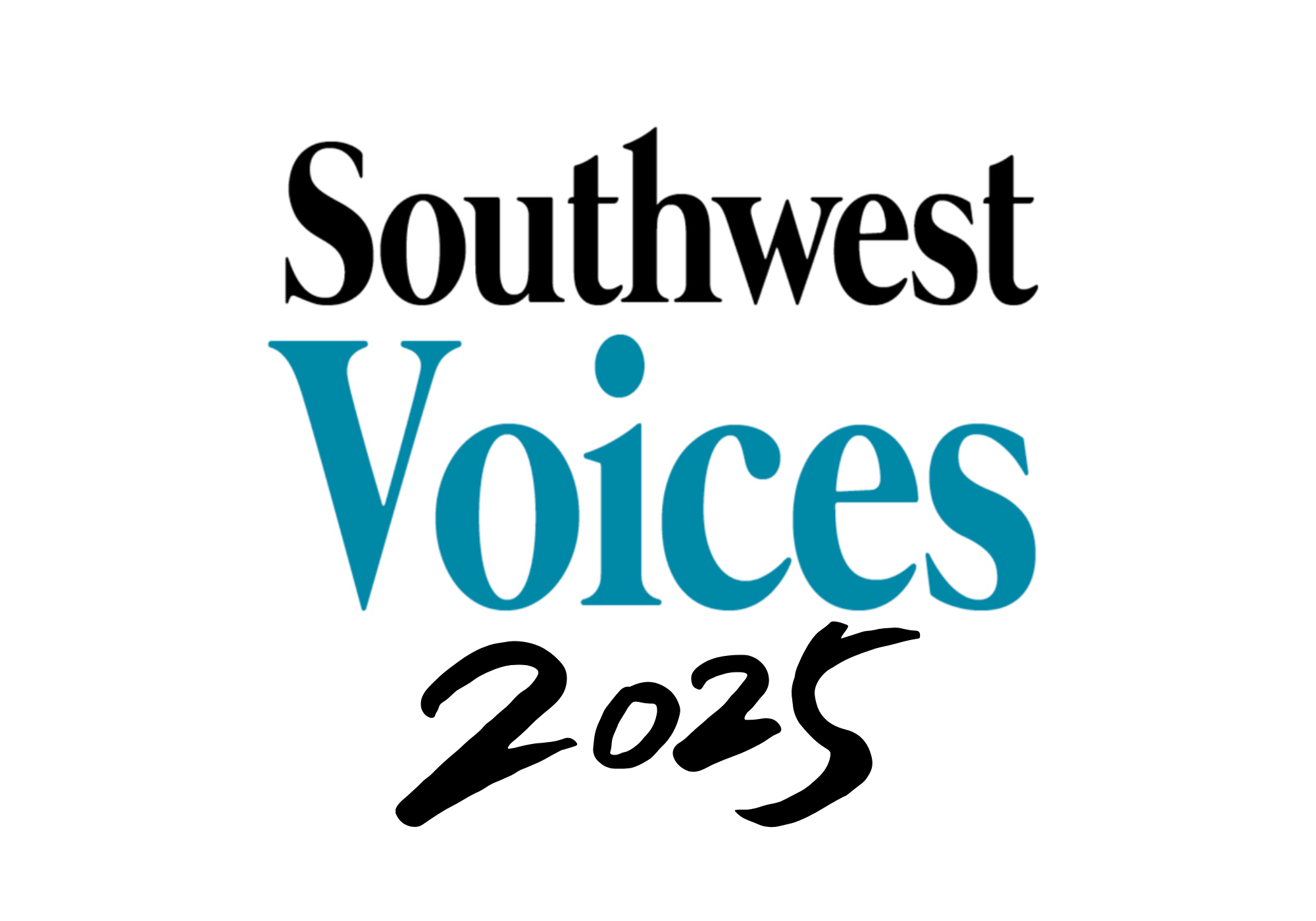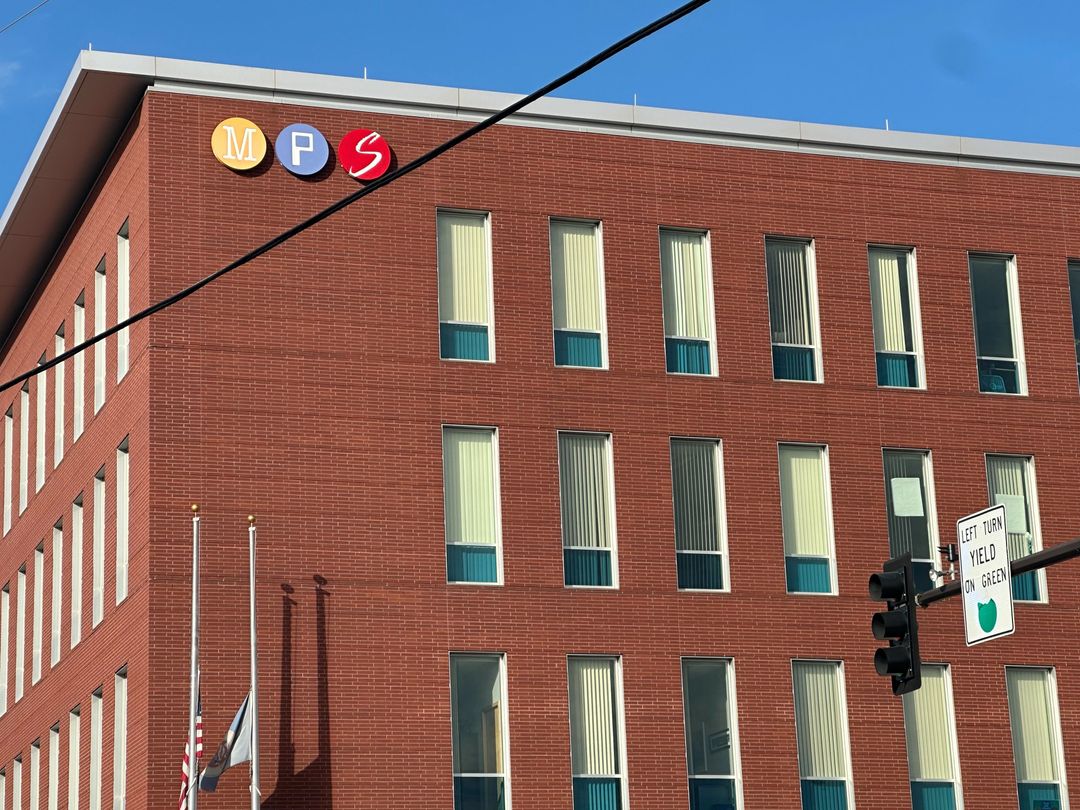At the October 11 regular business meeting, the Minneapolis Public Schools Board of Education received a series of updates on topics including enrollment, job vacancies, a new plan for online tutoring services, and updates on the status of the strategic plan.
The back and forth between board members, Interim Superintendent Rochelle Cox, and members of the administration was at times tense, a reflection of the tension between the significant work the district has ahead to address students’ academic needs, and the resources, including staff capacity and budget, the district has that impact its ability to address those needs.
Executive Director of Strategic Initiatives Sarah Hunter shared that the district has a vacancy rate of 8% for licensed staff, but vacancy rates are significantly higher than its 10% target for its non-licensed staff. Plant operations, which includes custodial services, has a vacancy rate of 18.5%. Culinary and Wellness Services has a vacancy rate of 32%. And, the transportation department has a vacancy rate of 30%.
Executive Director of Outreach and Engagement Tyrize Cox shared an enrollment update. Currently, the district is reporting 27,756 students enrolled as of October 1, 2022, 4.7% fewer students than enrolled last year on October 1. For the 2022-23 budget, the district projected an enrollment of 28,115 for this school year, 3.5% fewer students than were enrolled on October 1, 2021.
Finalized student enrollment data will be sent to the Minnesota Department of Education by the beginning of November.
Executive Director Cox also shared that the district had not yet finalized staffing adjustments across buildings. But the district does plan to move some staff based on where actual enrollment varied from projected enrollment.
By grade level, the district reports enrollment of 18,798 K-8 students, less than 1% below the budget projection of 18,876 K-8 students.
Southwest Voices has asked the district to clarify which high school programs are included in the number reported to the board, to understand if they are comparable to the enrollment projections in the budget. We will update this when we receive a response.
The district is focusing on enrollment at three northside magnet schools: Hall, an elementary STEM magnet school; Bethune, one of two elementary arts magnet schools; and Franklin, the middle school STEAM magnet school. Executive Director Cox reported that collectively, the schools are just seven students short of meeting their enrollment projections for this year.
The district has made significant capital improvements to all three buildings, including the addition of a performance space at Bethune and a rooftop observatory at Hall. The district will prioritize retention at these schools, including a focus on academics, school climate, and developing community partnerships and charitable contributions to the schools. Interim Superintendent Cox said that the district hopes to learn from its strategies at these schools to develop a plan to focus on enrollment and retention districtwide.
Director Kimberly Caprini asked Executive Director Cox what the projected enrollment and building capacity are for each of the three schools. Cox did not give an answer during the meeting.
Based on district data compiled by Southwest Voices, the projected enrollment for Hall was 179 this year. Hall had 187 students in the official October 1 enrollment report last year. The building, before the recent remodel, had a capacity of 514 students.
For Bethune, projected enrollment this year was 226, compared to 266 students enrolled in the October 1 report last school year. Before the recent remodel, the district listed the capacity as 546 students. Franklin was projected to have 283 students this year, nearly identical to its enrollment of 285 students on October 1 last year. The capacity of Franklin’s building is 617.
On background, a district official has previously shared with Southwest Voices that buildings at 70-80% of capacity are ideal because that leaves sufficient space for non-classroom programming. Hall, Bethune and Franklin are currently at 35%, 41% and 46% of their stated capacity.
Senior Academic Officer Aimee Fearing shared updates on ongoing academic initiatives, as well as a new request for proposal to provide high-dosage tutoring services as an option for schools. Fearing defined high-dosage tutoring as happening either one one one or in groups of 3 or fewer students, that happens at least three times per week for twenty minutes. The RFP is specifically looking for an online service.
Director Adriana Cerrillo pushed back forcefully against the use of online tutoring. Her comments were echoed by Director Said Ali.
“Why do we think that an online approach will work? Didn’t our Black and Brown students in online learning struggle especially? That’s a proven fact, right? Also, do all students have access to devices to participate in tutoring? Why isn’t tutoring in person? I want to have this clarification and be loud and clear for a lot of our parents who do have these questions,” Cerrillo asked.
Interim Superintendent Cox responded, noting that the district started by looking for tutoring that it could implement given the staffing shortages that exist within the district. In addition, she noted that the online tutoring would not preclude a school from arranging to have its own in-person tutoring program available to students, if they were able to find appropriate staff. Finally, Cox noted that the type of high dosage tutoring the district is hoping to offer, requires specific training. Existing staff may not have the capacity to obtain that training.
Senior Officer Fearing added, “It says very clearly in the research [on high-dosage tutoring] that the best academic outcome you will get is from in person.” However, she continued, “The reality is we still have some schools that don’t have after school programming because we don’t have staff.”
Fearing and Cox both noted that one advantage of an online system is that it will provide educators and administrators with a less time consuming way to track data on student participation and progress. Fearing also noted that many vendors offer training on interventions for individuals who would want to volunteer to be in-person tutors.
Cox noted that in conversations with community organizations and partners they told her, “We can help with the homework piece, but when it comes to the interventions and curriculums, we don’t have that knowledge.”
District leaders presented a detailed update on the progress the district has made towards meeting the extensive list of underlying “conditions for success” necessary to meet the goals in the strategic plan.
Hunter went through every condition for all four goals, sharing where the district is compared to where it needs to be. While the district has already met some of the necessary conditions, such as a vacancy rate of less than 10% for licensed staff, for other conditions, the district has significant work left, such as having mental health supports for students adequately staffed.
Director Jenny Arneson asked if there was a smaller list of items the board could track, because the list Hunter presented was so long. Hunter responded with four specific conditions the board could track, out of the items the district is working on related to the strategic plan.
For academic achievement, goal one in the strategic plan, Hunter explained the importance of schools utilizing professional learning communities. She said there will be an update next month on how many schools are already doing that, and a plan for how the district will support schools that aren’t.
For the second goal, student wellbeing, Hunter said the board can look at the budget process to see if funding is being allocated to provide the supports outlined for that goal.
She said the same focus on funding allocations applies to the third goal, effective staff. Funding the Grow Your Own teacher pathway programs without relying on external grants would be an indicator of progress, according to Hunter.
On school and district climate, the fourth goal of the strategic plan, Hunter said the board can track whether the magnet pathways, such as dual immersion and STEM, are being improved.
For more detailed information on the strategic plan, Hunter’s presentation included slides 23-35, and starts around 1 hour and 14 minutes into the recording of the board meeting.
There were additional updates on several of the new district initiatives to address literacy, as well as the new elementary math curriculum.
The board will meet again for a Committee of the Whole meeting on October 25 at 6 p.m. The topic for the meeting will be “quality instructional strategies.” There is no time for public comments at committee of the whole meetings.

.jpg)







